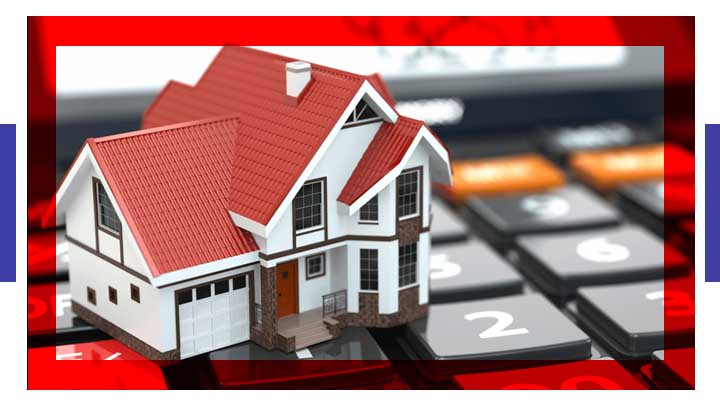Are you feeling overwhelmed by the high mortgage payment on your current home loan? Well, here’s some good news for you! With a little bit of know-how and careful planning, it’s possible to significantly reduce your monthly mortgage payment without even refinancing your home loan. In this complete guide, we’ll explore various strategies, tips, and tricks to lower your mortgage payment, regardless of whether you’re a first-time buyer or already own a home.
How to Lower Your Mortgage Payment Without Refinancing
Refinancing may not always be necessary to reduce your mortgage payment. Find out alternative techniques such as negotiating with your lender for a lower interest rate, extending your loan term, or exploring government-sponsored programs aimed at reducing mortgage burdens. Stay tuned to discover how you can save money by modifying your existing loan without the hassle of refinancing.
Can I Lower My Mortgage Payment by Paying Down the Principal?
Paying down your mortgage principal offers a potential avenue to lower your monthly mortgage payment. We’ll explore how making additional principal payments can help you save money in interest charges over the long term, thus reducing your monthly financial obligations.
How to Lower Mortgage Payment Before Closing
If you’re in the process of buying a house, learn about the tactics to negotiate a lower monthly mortgage payment before closing. From increasing your credit score to shopping around for the best loan terms and even finding ways to lower your closing costs, discover the steps you can take to ensure a more affordable financial commitment to your dream home.
How to Lower Monthly Mortgage Payment When Buying a House
Uncover the secrets of lowering your monthly mortgage payment while shopping for a new home. We’ll discuss essential considerations such as determining your budget, choosing the right loan type, and analyzing mortgage rates to help you secure a lower monthly payment that fits your financial needs.
My Mortgage is Too High. What Can I Do?
Feeling trapped by a high mortgage payment? Fear not! We’ll guide you through practical strategies to tackle excessive mortgage burden. From downsizing your home to renting out a portion of it, exploring loan modification options, or even utilizing a home equity loan, you’ll discover actionable steps to regain control over your finances.
How Can I Lower my FHA Mortgage Payment?
If you have an FHA mortgage, you may be wondering if there are specific strategies available to lower your monthly payment. Learn about FHA streamlined refinancing, loan modification options, and other money-saving techniques tailored to FHA borrowers, ensuring that you keep more money in your pocket each month.
How to Get a Low Mortgage Payment as a First-Time Buyer
As a first-time homebuyer, securing a low mortgage payment can lay the foundation for a healthy financial future. In this section, we’ll outline essential tips and resources to assist you in finding affordable mortgage options, understanding down payment alternatives, and exploiting potential first-time buyer grants or incentives.
Will My Mortgage Payment Go Down After 5 Years?
Understand how your mortgage payment may fluctuate after the initial five years. Analyze adjustable-rate mortgage (ARM) plans, refinancing opportunities, and even potential modifications in homeowner’s insurance or property taxes, as we explore the factors that could influence your monthly payments as time progresses.
Conclusion
Lowering your mortgage payment doesn’t have to be an overwhelming task requiring complex financial maneuvers. By understanding the various tools at your disposal, including negotiating with lenders, pre-closing preparations, principal payments, and exploring specialized programs, you can take control of your mortgage costs. Remember, the power to reduce your monthly payment is in your hands—explore these strategies, choose the ones that suit your circumstances, and watch your mortgage payment decrease while your financial freedom grows.











